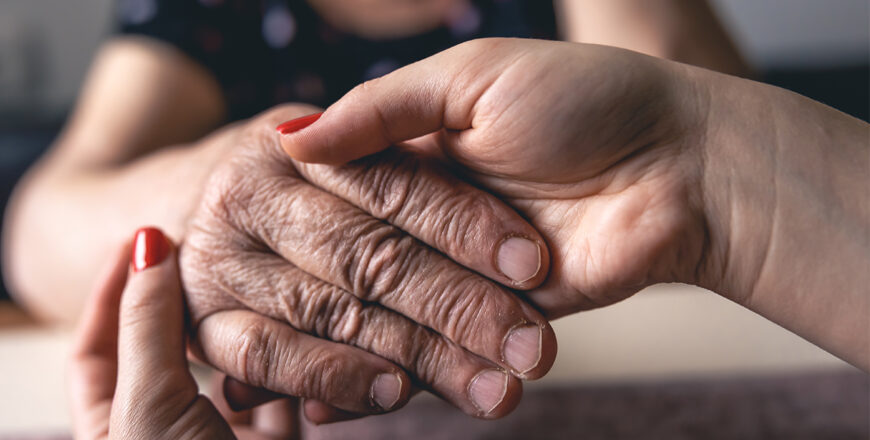
Losing Her Figure
Over the last 45 years Jamaica’s population age structure has morphed from a pyramid shape to one with a narrower base, a more rotund mid-section and an increasingly wider top representing the older persons. This change in her shape has caught the eyes of policy makers and has been the topic going the rounds.
An examination of the age groups in the population, in 2022, revealed 21 per cent were below age 15, 69 per cent were 15 to 64 years old and 10 per cent were 65 years or older. Ten years ago it was 25 , 67 and 8 per cent respectively. The Vision 2030 Jamaica Social Security Sector Plan 2009-2030 projects that the elderly will “comprise approximately 12 per cent” of the population by 2030.
Average life expectancy at birth in 2022 was 74.2 years, or expressed another way 74 years and 2 months, this according to the Planning Institute of Jamaica. This is an improvement over 2012 when it was 72.7 years. But no doubt the population could live longer save for non-communicable diseases, stress and violence. Comparatively, life expectancy in Latin America and the Caribbean in 2021 was 75.24 years, as reported by the Statista Research Department. An aspirational goal would be for Jamaica to attain life expectancy like the western European country of Liechtenstein. In 2021, they had the highest life expectancy of 84.4 years.
From the data, the realization is that Jamaica has an aging population for whom greater provisions must be made if they are to live long healthy lives and enjoy a satisfactory standard of living. Considering that the elderly rely mainly on their spouses and children for financial, emotional, and physical support, if these family members are absent the outlook for their well-being is grim. Therefore, policies and programmes geared toward expanded public health care, social inclusion, improving the social infrastructure and benefits of the elderly; relooking the age of retirement for men and women to ensure income security, are important agenda items.
Optimistically, there are advantages to having an aging population, and their value is underscored in Vision 2030 Jamaica. It states, “We especially seek to create a secure future for our vulnerable population by ensuring that our elderly and persons with disabilities are fully integrated within society, have access to appropriate care and support services and are treated as valuable human resources.”
Their contribution includes, and is not limited to, opportunities to ensure knowledge transference including about our culture, be part of an intergenerational co-residence to assist with young children, and to continue to contribute to the workforce if in reasonably good health therein delaying their reliance on a pension to take care of their basic needs. The elderly have opportunities to learn new skills through lifelong learning that would improve their employability.
Encouraging the entire population to lead healthier lives will in time slow the debilitating effect of aging. For now, the country can consider lessons from other countries that have implemented interesting programmes to incorporate and care for their aging population in care facilities. In the village of Hogeweyk on the outskirts of Amsterdam, 24-hour care is provided for people living with dementia. The village is complete with medical personnel, caregivers, shops, hairdressers, restaurants, a theatre and gardens. Japan also has ‘dementia villages”. A Tokyo neighbourhood has children sharing lunchtime with seniors in one care facility thereby offering a win-win solution for both groups. Arosa, a provider of integrated care management and caregiving services highlights other initiatives. Japan has wellness checks offered by the police when volunteers report homes that appear neglected. They also have a special currency where one hour of volunteer service to an elderly person can be credited to themselves or a loved one. The state subsidized University of the Aged in China accepts students 70 years and older. There students are immersed in painting, dance, music, and practical subject matter like using a smart phone.
As Jamaica examines the shape that she is in she must addresses the growing aging population, for how she cares for them remains one of the defining hallmarks of her development.




Recent Comments